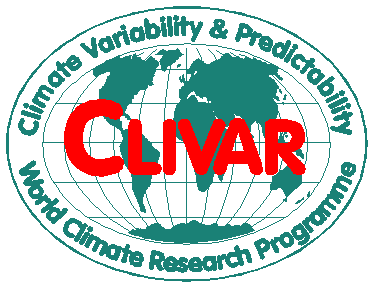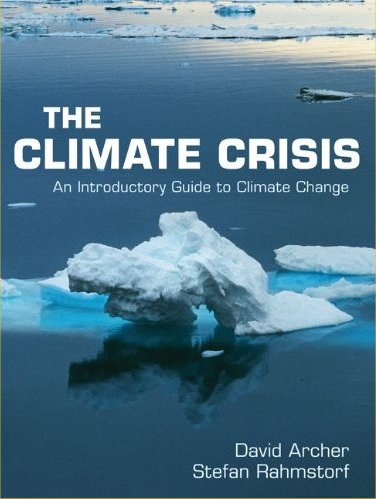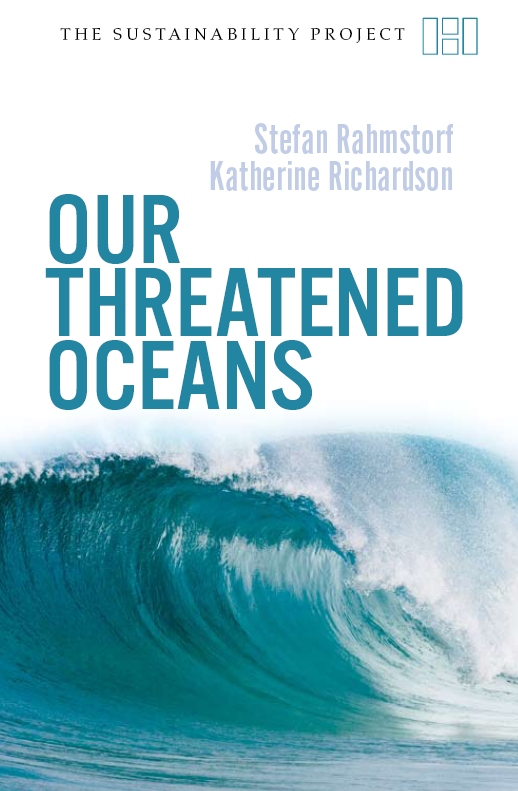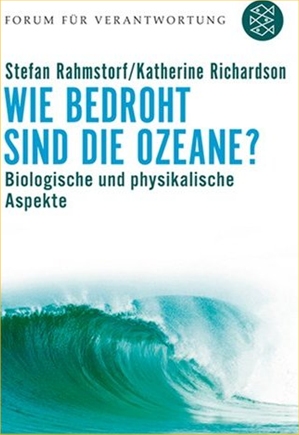CLIVAR Project

Study of the Atlantic thermohaline circulation in a highly efficient global ocean-atmosphere model
This project is supported by the German federal science ministry (BMBF) as part of the german Ocean/CLIVAR research program. It contributes to the international CLIVAR progam topic D3 (DecCen, Atlantic thermohaline circulation).Project scientists: Miguel Morales Maqueda,
Stefan Rahmstorf, Andrey Ganopolski.
Summary of Project Goals
Existing modules will be combined to a new, highly efficient climate model designed for long-term climate simulations. These modules are the GFDL MOM ocean model in the latest version, the Louvain CLIO sea ice model, and the new POTSDAM atmosphere model developed at PIK. In the cost-effective model created in this way, the majority of computing time will be spent on the ocean; nevertheless all important atmospheric feedbacks are included. The atmosphere model simulates all large-scale mean climatic fields with similar accuracy as modern GCMs (Petoukhov et al. 2000) and has shown similar behaviour in a range of sensitivity studies (Ganopolski et al. 2000). The computing requirement is however a factor 1,000 less than that of an atmospheric GCM, as synoptic activity is not explicitely simulated.This approach is intended to overcome a long-standing dilemma in the study of the ocean's role in climate: pure ocean models do not contain the necessary atmospheric feedbacks, while conventional coupled models are too expensive for long-term simulations (e.g., to move away from initial conditions and reach a new quasistationary equilibrium of the ocean circulation). Because of the efficient atmosphere module, the ocean can be simulated at relatively good resolution even for long-term integrations. In addition new techniques will be used (e.g. eddy mixing according to Gent and McWilliams, bottom boundary layer parameterisation) to achieve more realistic deep water formation and overflow over sills.
The new coupled model will first
be integrated to a thermodynamic equilibrium state which corresponds as
much as possible to the present-day climate. The large-scale ocean circulation
of this state will be compared in detail to the WOCE data, in particular
with respect to heat and freshwater transports. In the next step the natural
model variability will be analysed, with emphasis on DecCen variability
in the North Atlantic. Here we can benefit from the fact that synoptic
variability in the atmosphere can be turned on or off, since it is parameterised.
Finally a series of perturbation experiments will be performed to analyse
the stability properties of the thermohaline circulation (hysteresis curve,
sensitivity of individual convection regions, greenhouse scenarios).
Progress Report 2000













